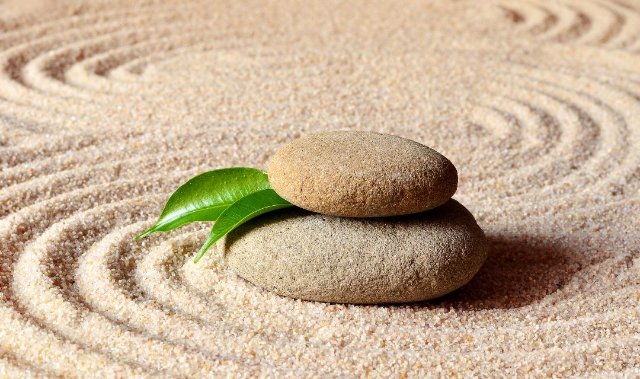Simplicity and Stillness
By: Cheng Tong - Jun 21, 2023
A simple life is a good life. It is a life free from the hustle and bustle of humankind, where you can relax and enjoy the simple things in life. It is a life where you can spend time with your loved ones, and appreciate the beauty of nature. It is a life where you are content with what you have, and are not constantly striving for more.
A simple life is a contented life. It is a life where you are at peace with yourself and the world around you. It is a life where you are grateful for what you have, and do not take anything for granted.
A simple life is a fulfilling life. It is a life where you are living your purpose, and are making a difference in the world. It is a life where you can float in the stream that is the Great Dao, trusting you will be brought ashore where you belong when you belong there.
A simple life is not easy, though, and is actually quite far from it. It is not something that just happens. Simplicity requires enormous effort, and stillness plays a large part in that effort.
Can you simply “eat when hungry, sleep when tired”? This old Zen expression appears to be straightforward in its lesson, but the Master spoke further: “Most people entertain a thousand desires when they eat and scheme over a thousand plans when they sleep.”
Therein lies the meaningful part of living a simple life. Life is to be lived from the inside out, in that space between our front – who we tell the world we are – and our back – who we truly are. In the cultivation of stillness, we bring our front and our back ever closer together, eventually eliminating the space in between, until who we tell the world we are and who we truly are become one and the same.
It is only then that we can live a simple life: when we eat, we just eat; when we sleep, we just sleep; we are content with what we have, and do not seek more; we are present in whatever we are doing at the moment, and are grateful for the opportunity.
The Dalai Lama rises at 3:00 am every day for three hours of meditation, and refers to it as difficult. He does so for all sentient beings though, for all of creation, and in doing so, he keeps himself and his life simple.
By comparison, my 30 minutes at 4:30 am and again at 8:00 pm, seem amateurish. And yet, that is my practice. No matter the weather, I am on my platform daily for qigong and taiji: the former maintains body wellness; the latter is a moving meditation. Each contributes to the cultivation of stillness and helps keep my life simple.
It is one thing to understand something intellectually, and it is an entirely different thing to move that understanding from the mind to the spirit, the soul, the core of your being, such that you live it. It always comes back to this quintessential question: can you live what you have learned.
Cultivating stillness requires hard work and perseverance. Stillness is far more than merely thinking simple thoughts, and it is much more than a weekly yoga session, a massage to calm yourself, or alcohol to settle yourself. It is a state of being.
It should not be confused with passivity or weakness, though. Quite the contrary, actually. It is a hyper-alertness, a hyper-vigilance, an acute awareness of everything around you, seen with great clarity merely as it is without delusions. When we are woven sufficiently into the fabric of each moment, we find the correct response to it arising on its own. As Laozi wrote: “Stop thinking, and end your problems.” That oneness with each moment requires no thought – only action. Simplicity.
A squirrel, a chipmunk, a woodchuck, and many birds, all come to eat with me early each morning. All but the woodchuck eat honey roasted peanuts; the woodchuck and I split a banana. They eat because they are hungry. Simplicity.
It is only in stillness that one can live a simple life.

